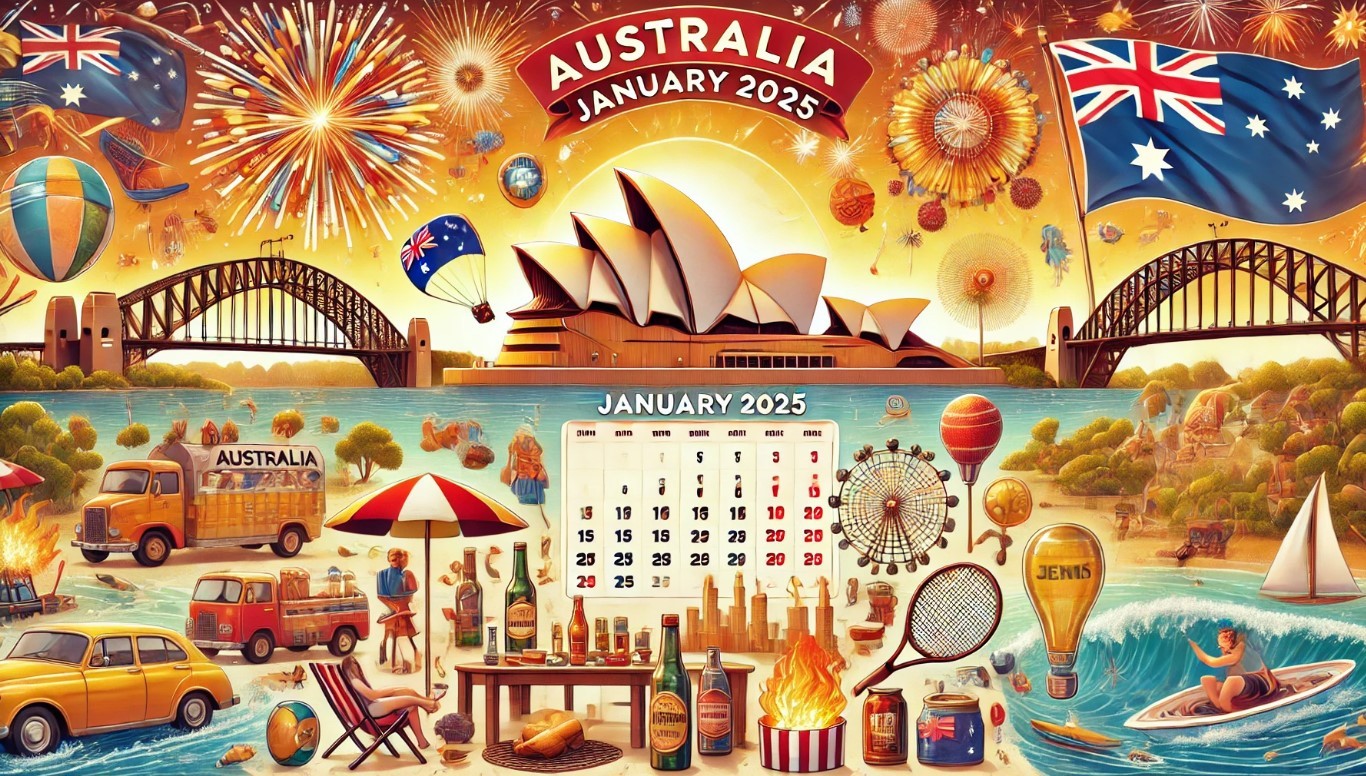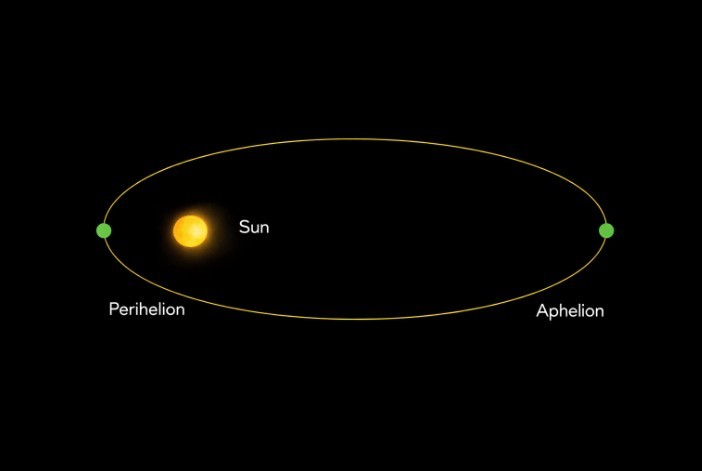Is Australia A Country Or A Continent?
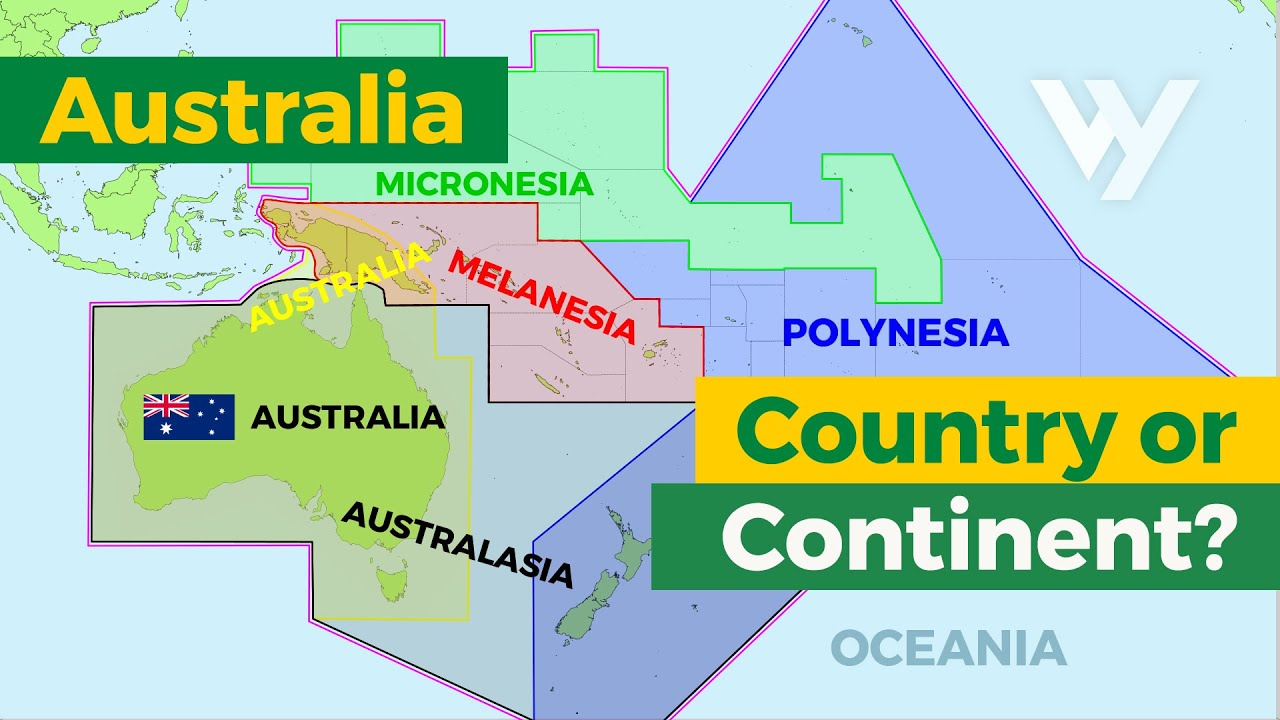 |
| Is Australia a country or continent? Photo: WonderWhy |
| Table of Contents |
A nation, also known as a country, is a unique political or territorial entity. It is frequently referred to as the place of a person's citizenship, birth, or place of residence.
A country can be an independent sovereign state or a component of a larger state, as well as a political division that is non-sovereign or that was once sovereign, a physical area governed by a state, or a geographic area that is home to groups of people who were either independently or differently associated in the past and who have different political traits. It doesn't have inherent sovereignty.
One of several sizable landmasses is a continent. Up to seven regions are widely recognized as continents, with the designation usually determined by convention rather than any rigid criteria. These seven regions are Asia, Africa, North America, South America, Antarctica, Europe, and Australia, arranged from largest to smallest in area. Some of these may be combined in variations with fewer continents; for instance, some systems include America or Eurasia as separate continents.
Geographically speaking, the continents are regions of continental crust that are located on the continental plates. Some of these regions, like Madagascar, are mostly submerged under water, while other regions, like Zealandia, are composed of continental fragments. Only Earth is known to have continental crust.
About Australia: Is Australia a country or continent?
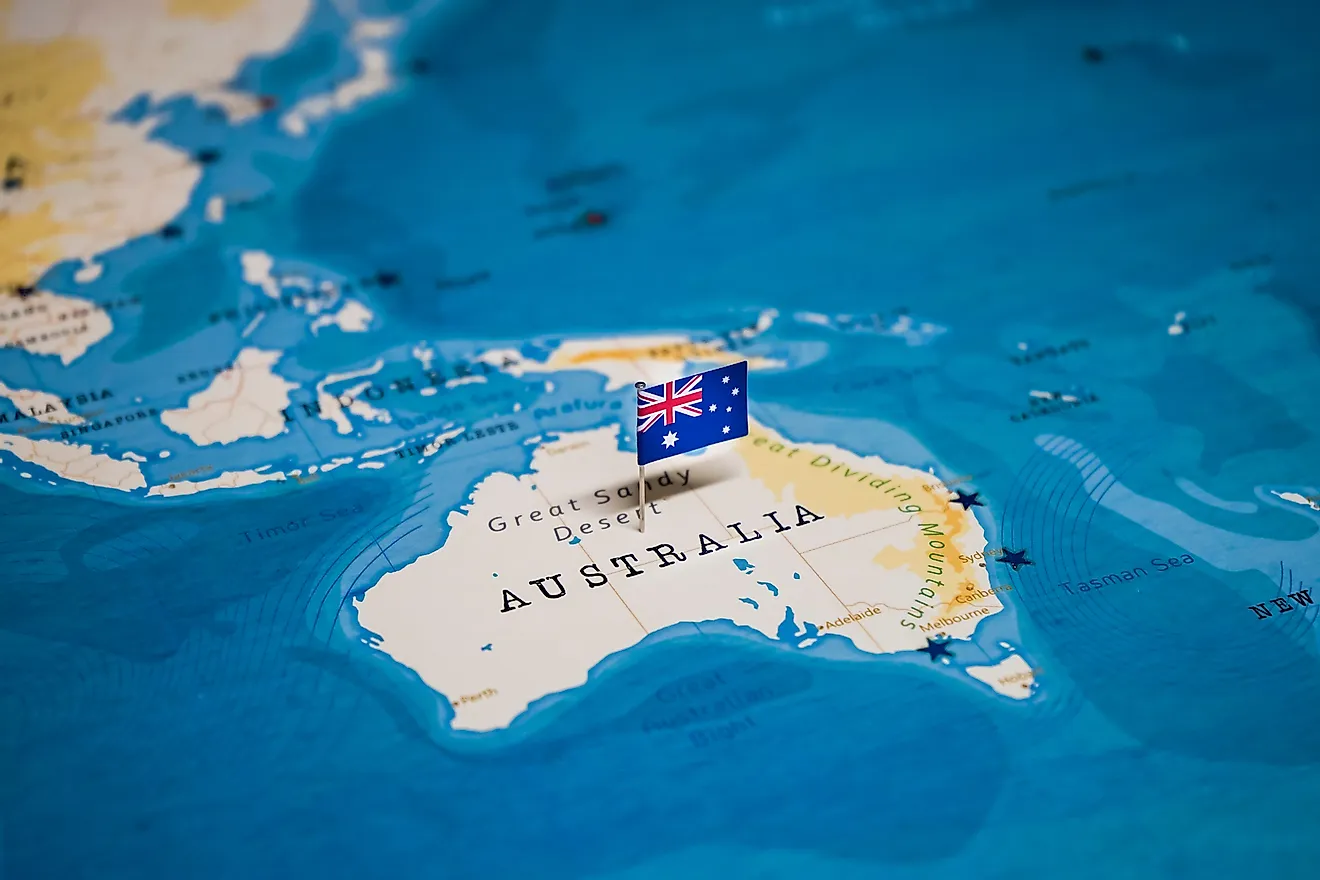 |
| Photo: Shutterstock |
Australia is a nation and a continent. It is situated in the southeast of the Indian Ocean, south of Papua New Guinea and Indonesia. Its east is New Zealand, and its west is the majority of the Indian Ocean. To the south of Australia is Antarctica. The mainland of Australia and the island of Tasmania, which is located south of the mainland and across the Bass Strait, make up the continent. Numerous smaller islands are also included in it, including the Cocos (Keeling) Islands, Christmas Island, and Kangaroo Island. Despite being the sixth-largest nation in the world, Australia is the smallest continent. Australia's land area is 7,682,300 square kilometers.
The Australian mainland stretches roughly 2,500 miles (4,000 km) from west to east and nearly 2,000 miles (3,200 km) from Cape York Peninsula in the northeast to Wilsons Promontory in the southeast. Australian jurisdiction reaches the southern tip of the island of Tasmania 310 miles (500 km) to the south, and the southern shores of Papua New Guinea to the north. The Timor and Arafura seas divide Australia from Indonesia to the northwest, the Coral Sea and the Torres Strait from Papua New Guinea to the northeast, the Great Barrier Reef from the Coral Sea Islands Territory, the Tasman Sea from New Zealand to the southeast, and the Indian Ocean from Antarctica to the extreme south.
What Makes Australia A Continent?
It is not easy to define a continent. In fact, opinions on the number of continents in the world differ. For instance, a lot of people in Japan, Russia, and the rest of Eastern Europe believe that Europe and Asia are part of a single continent called Eurasia. While Europe and Asia are divided, some nations regard North and South America as one continent. Because they are all connected by land, some people even think that Europe, Asia, and Africa should be regarded as a single continent. The most widely held belief, on the other hand, is that Australia is one of the world's seven continents.
Additionally, there is a commonly held definition of what a continent is. According to this definition, a continent is a sizable, continuous landmass that is ideally divided by a wide body of water. This definition is problematic because there are many continents in the world today that are not divided by large bodies of water. With the exception of Australia, every continent is actually connected to at least one other continent by land. Large bodies of water encircle Australia on all sides. Therefore, it could be argued that it more closely satisfies the common definition of a continent than the majority of other continents.
What Makes Australia A Country?
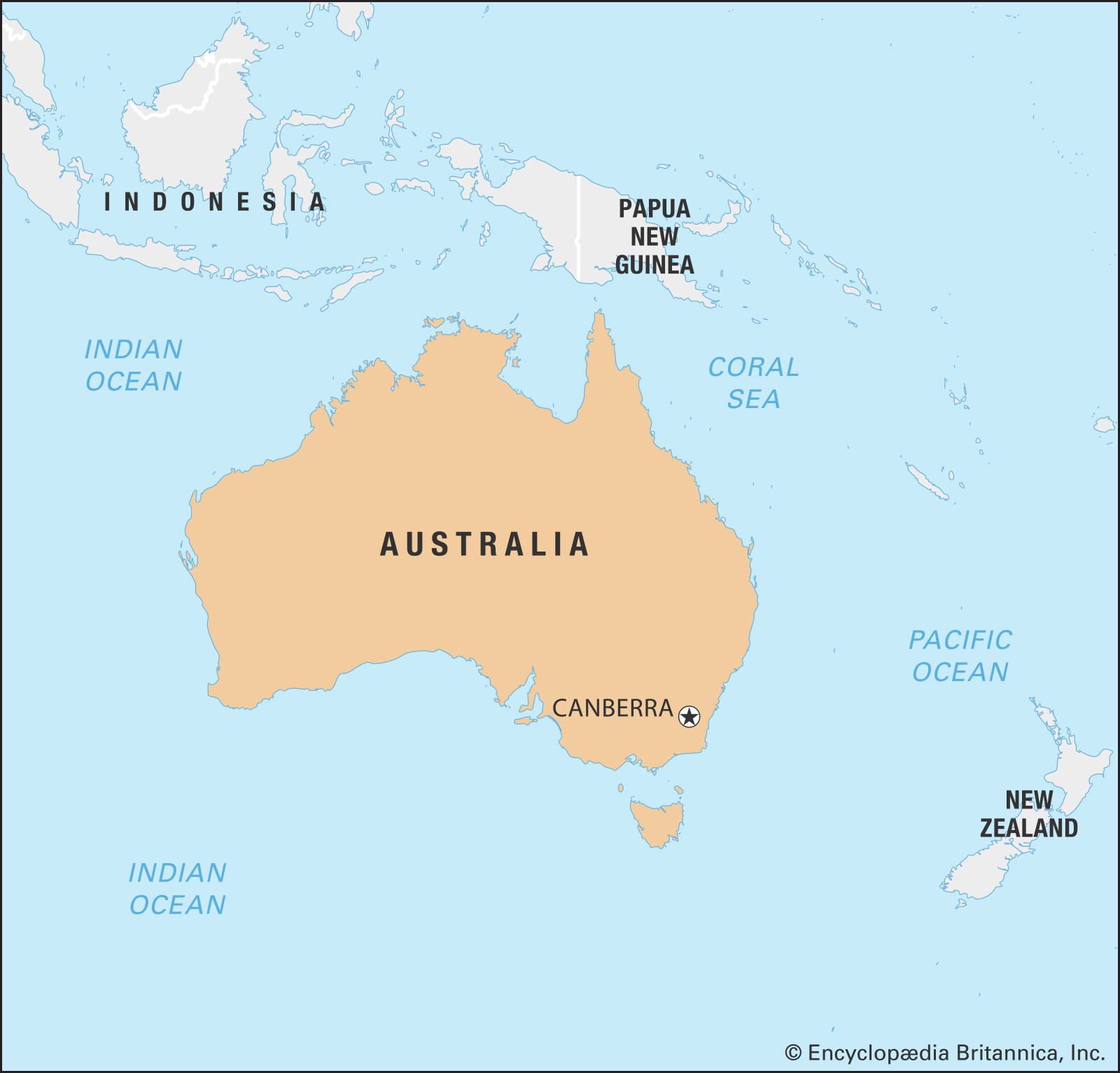 |
| Photo: Britannica |
Australia is governed by a federal system, with a national government for the Commonwealth of Australia and individual state governments (New South Wales, Victoria, Queensland, South Australia, Western Australia, and Tasmania). Each state has a constitution, and its government has limited sovereignty. There are also two internal territories: the Northern Territory, which became a self-governing territory in 1978, and the Australian Capital Territory (which includes Canberra) in 1988. The federal government administers the external territories of Norfolk Island, the Cocos (Keeling) Islands, Christmas Island, Ashmore and Cartier islands, the Coral Sea Islands, and Heard Island and McDonald Islands, as well as the Australian Antarctic Territory, which is larger than Australia. Formerly an Australian external territory, Papua New Guinea gained independence in 1975.
Australia is a relatively prosperous independent country that was once part of the British Empire and is now a member of the Commonwealth. Australians are fortunate in many ways because they do not share their continent, which is only slightly smaller than the United States. Extremely remote from their traditional allies and trading partners—it is approximately 12,000 miles (19,000 km) across the Indian Ocean and the Suez Canal from Australia to Great Britain and approximately 7,000 miles (11,000 km) across the Pacific Ocean to the west coast of the United States—Australians have become more interested in the proximity of huge potential markets in Asia and the highly competitive industrialized economies of China, Japan, South Korea, and Taiwan. Australia, the continent and the country, were quite isolated at the beginning of the twentieth century, but it entered the twenty-first century as a culturally diverse land brimming with confidence, an attitude encouraged by the worldwide fascination with the land "Down Under" and demonstrated when Sydney hosted the Olympic Games in 2000.
Geographical and climatic features of Australia
 |
| Photo: Home is where your bag is |
Australia is the world's smallest continent. It is also the lowest, flattest, and driest continent (aside from Antarctica).
Mount Kosciuszko in New South Wales is the highest point on the Australian mainland, rising 2228 meters above sea level. The lowest point is 15 meters below sea level on the dry bed of Lake Eyre in South Australia.
Many thousands of small islands and numerous larger ones surround the mainland and Tasmania. Island coastlines account for nearly 40% of total coastline length. As an island nation, coastlines are critical in defining national, state, and territory borders.
Desert covers nearly 20% of Australia's total land area. Rainfall in Australia is variable, in addition to having a low average annual rainfall. The rainfall pattern is concentric around the continent's extensive arid core, with rainfall intensity highest in the tropics and some coastal areas.
The climatic zones range from tropical rainforests, deserts, and cool-weather forests to snow-capped mountains.
Our plants and animals evolved on a geographically isolated continent during a time of slowly drying climate combined with ongoing high variability. The uniqueness of much of Australia's flora and fauna is thus due, at least in part, to these climatic features.
Biodiversity of Australia
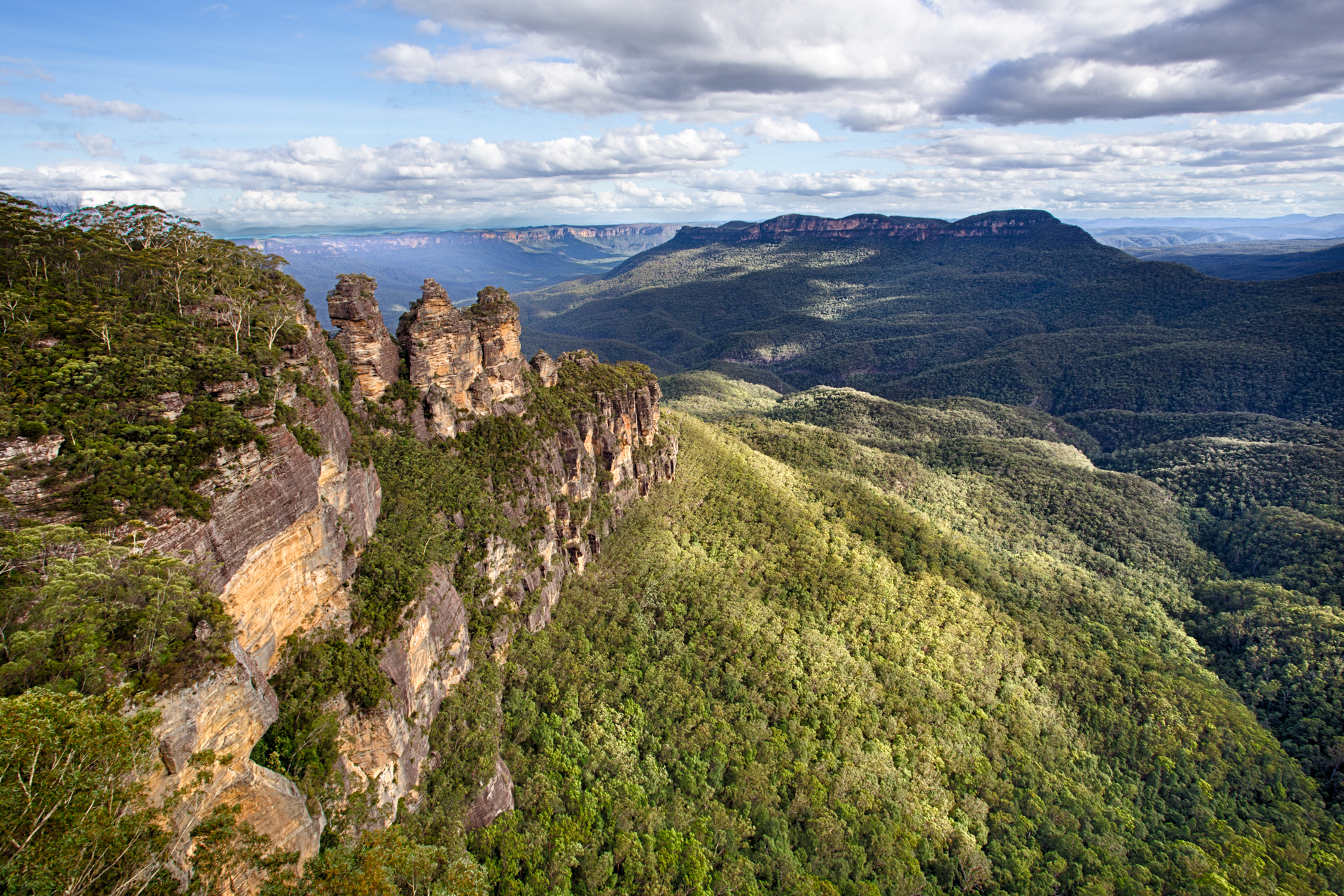 |
| Photo: CNN |
Despite the fact that the majority of Australia is semi-arid or desert, the continent contains a diverse range of habitats ranging from alpine heaths to tropical rainforests. Fungi are a prime example of this diversity, with an estimated 250,000 species occurring in Australia, only 5% of which have been described. Much of Australia's biota is unique due to the continent's great age, extremely variable weather patterns, and long-term geographic isolation. Endangered species include approximately 85% of flowering plants, 84% of mammals, more than 45% of birds, and 89% of inshore, temperate-zone fish. Australia has at least 755 reptile species, more than any other country on the planet. Aside from Antarctica, Australia is the only continent where feline species have not evolved. Feral cats may have been introduced by Dutch shipwrecks in the 17th century, and later by European settlers in the 18th century. They are now recognized as a significant contributor to the decline and extinction of many vulnerable and endangered native species. Australia is also one of 17 countries with a high level of biodiversity.
Evergreen species dominate Australian forests, particularly eucalyptus trees in less arid regions; wattles replace them as the dominant species in drier regions and deserts. The platypus and echidna are two well-known Australian animals, as are a variety of marsupials such as the kangaroo, koala, and wombat, and birds such as the emu and kookaburra. Australia is home to many dangerous animals, including some of the world's most venomous snakes. Around 3000 BCE, Austronesian traders who traded with Indigenous Australians introduced the dingo. Many animal and plant species became extinct soon after the first human settlement, including the Australian megafauna; others, including the thylacine, have vanished since European settlement.
Human activities and introduced animal, chromistan, fungal, and plant species are threatening many of Australia's ecoregions and species. All of these factors have contributed to Australia having the world's highest mammal extinction rate. The federal Environment Protection and Biodiversity Conservation Act of 1999 provides the legal framework for threatened species protection. The National Strategy for the Conservation of Australia's Biological Diversity established numerous protected areas to protect and preserve unique ecosystems; 65 wetlands are listed under the Ramsar Convention, and 16 natural World Heritage Sites have been established. The 2018 Environmental Performance Index ranked Australia 21st out of 178 countries worldwide. Australia's threatened species list includes over 1,800 animals and plants, including over 500 animals.
Federal Government of Australia
Australia's federal government has an executive branch led by a Prime Minister who heads a cabinet. The parliament is the legislative branch of Australia's government. It is a bicameral legislature, which means it has two legislative chambers.
The House of Representatives is the lower house. The Senate is the name given to the upper house. The Australian House of Representatives, like the US House of Representatives, is structured on a representation by population model, which means that more populous areas of the country have more representatives than less populous areas. The Australian Senate is also similar to the United States Senate.
Each state in Australia elects 12 senators, with the Northern Territory and the Australian Capital Territory each electing two. Furthermore, the Australian judicial branch functions very similarly to the federal judiciary in the United States.
The Australian High Court is the equivalent of the United States Supreme Court. The structure of Australia's state governments is largely similar to that of the federal government.
As a result, they have separate executive, legislative, and judicial branches.
Economy of Australia
Australia, as a sovereign state, not only has its own government, but also its own economy. This includes the Australian dollar as its own currency. Australia's economy, valued at approximately 1.323 trillion US dollars, is the 13th largest in the world and one of the wealthiest in the Asia-Pacific region. According to the 2021 Index of Economic Freedom, Australia's economy is also the third freest in the world. Australia also has free trade agreements with 15 countries, including the United States, China, Japan, South Korea, and the Association of Southeast Asian Nations (ASEAN).
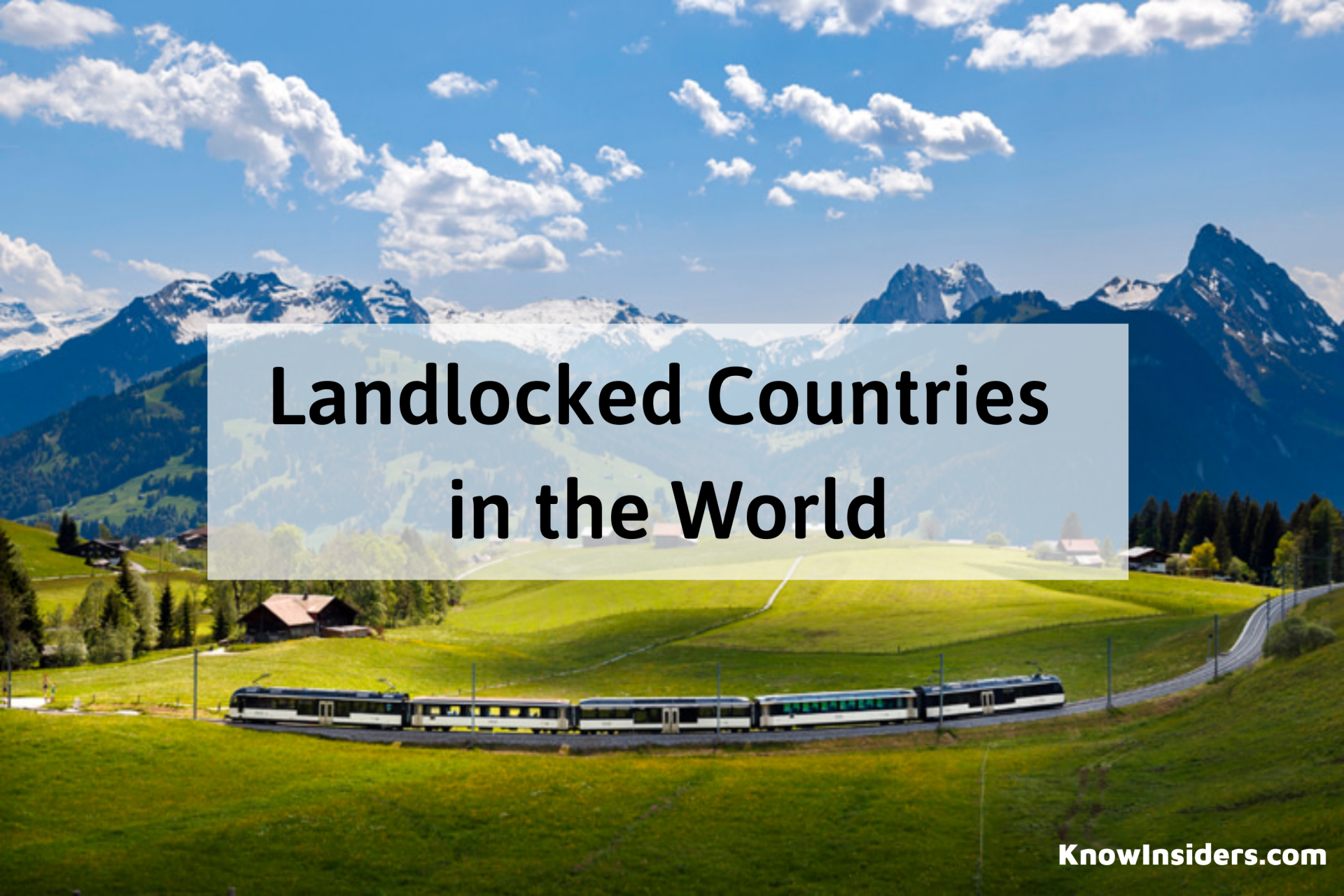 Facts About Landlocked Countries in The World Facts About Landlocked Countries in The World Landlocked countries have some very unique issues that they have to deal with. In this article, we're going to explore the definition of landlocked countries ... |
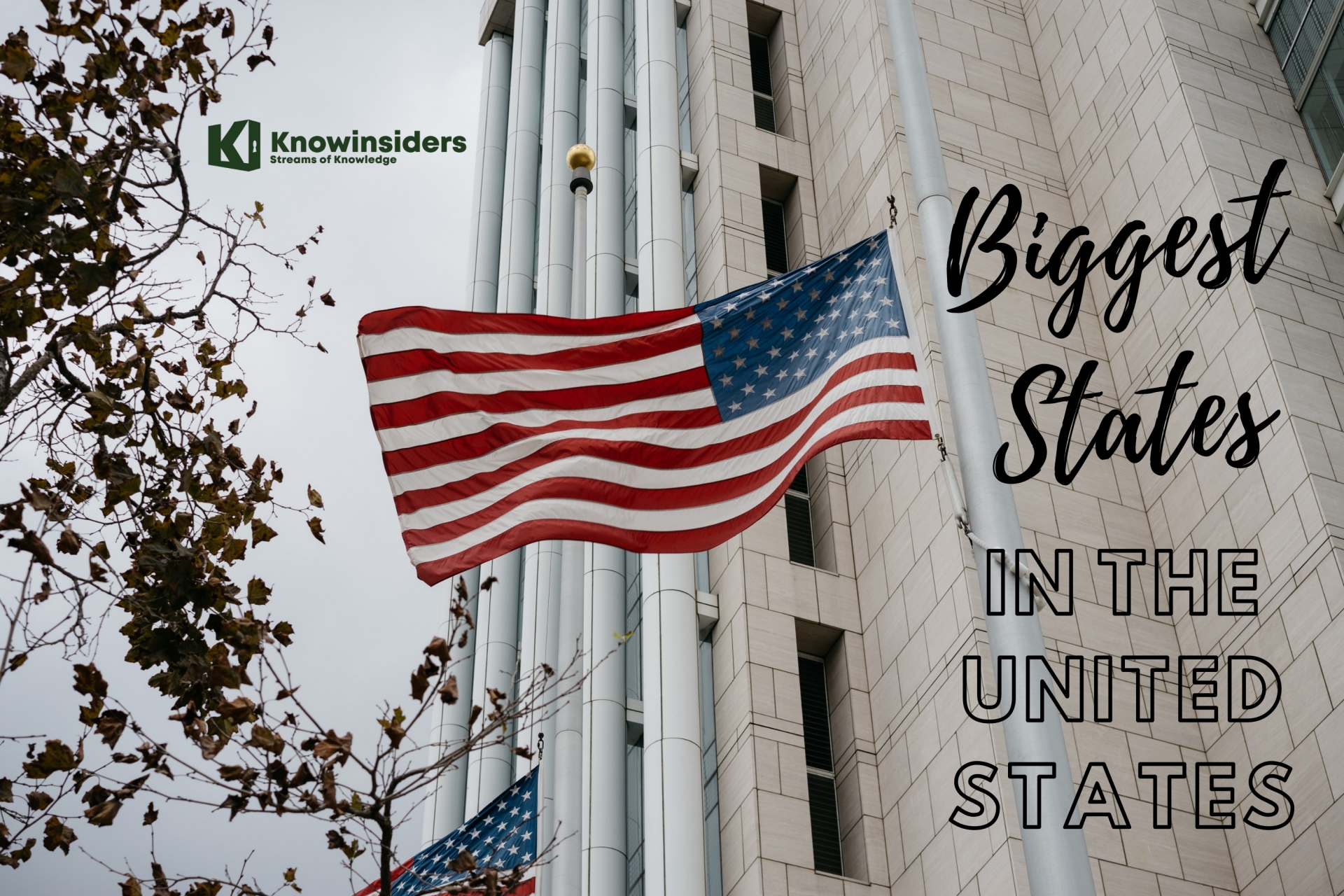 What Is The Biggest and Smallest State in the US? What Is The Biggest and Smallest State in the US? What state is the biggest in the US? That’s a big question. Read on this article and you will find the answer. |
 What Is the Official Language Of The U.S - Top 10 Most Common Languages What Is the Official Language Of The U.S - Top 10 Most Common Languages Most of people in the US speak English but do you know English is not the official language of this country. So what is the ... |
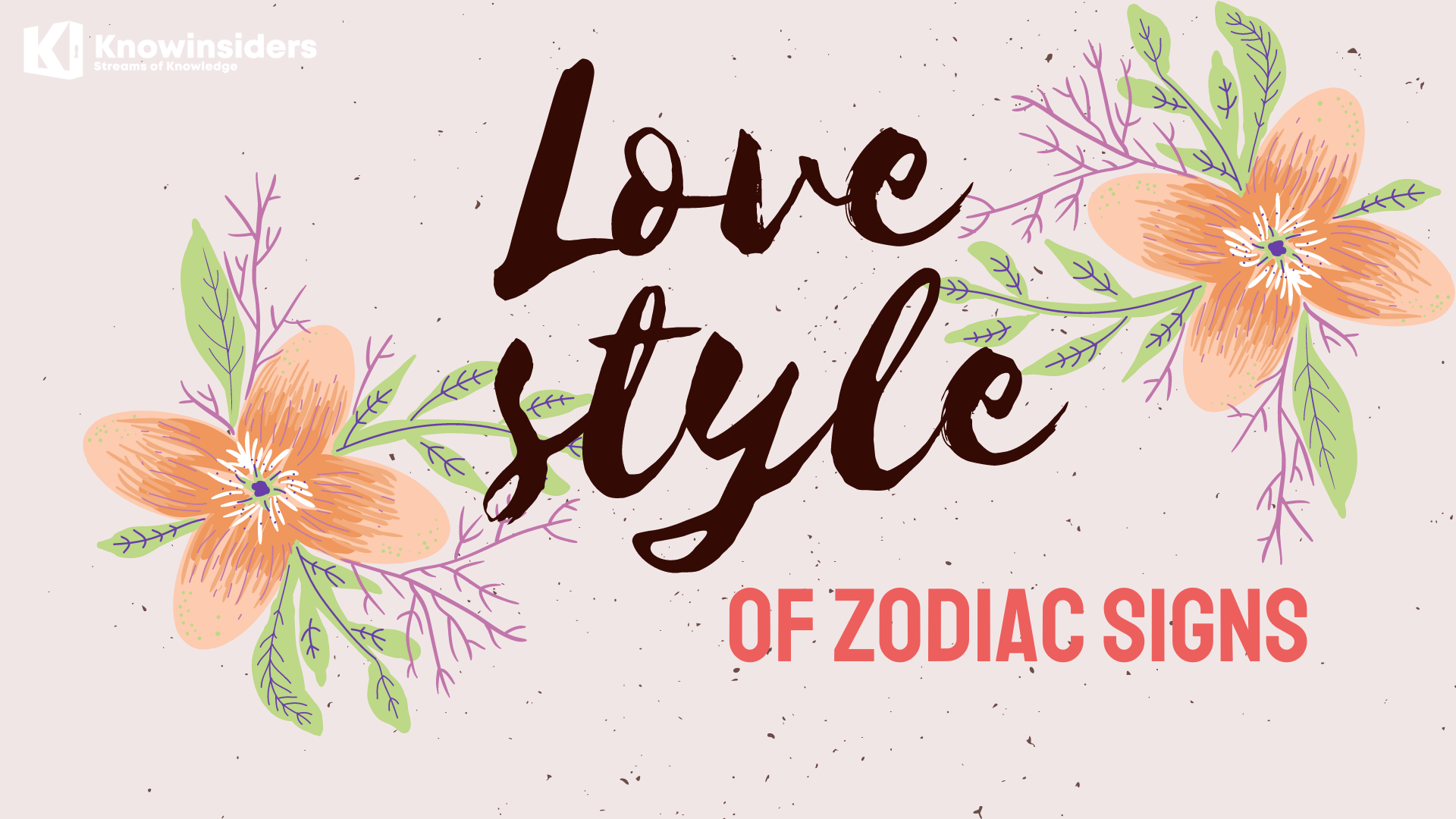 What Is Your Love Style Based On Zodiac Signs? What Is Your Love Style Based On Zodiac Signs? What can your zodiac signs tell you about your love style? Believe it or not, read on for all the big reveals. |


